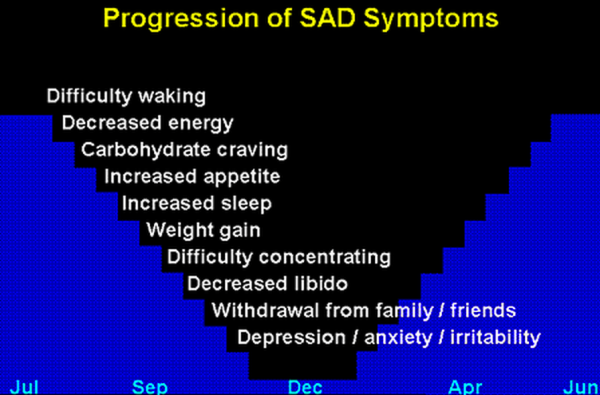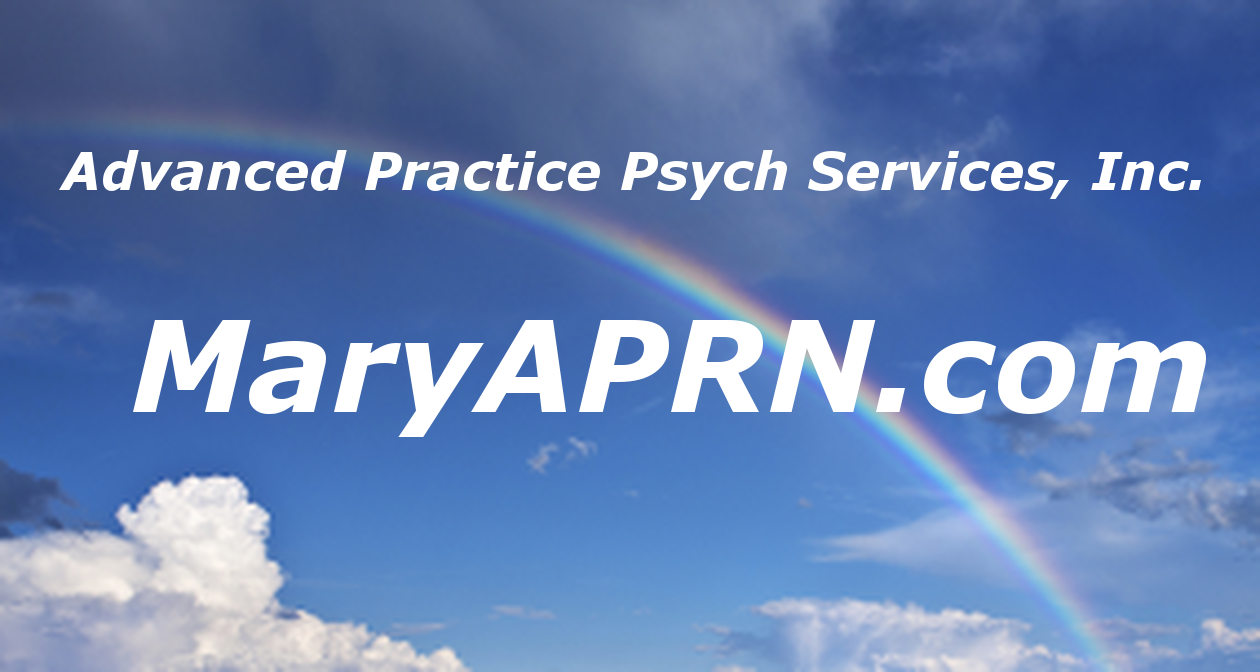Seasonal Affective Disorder | Causes, Why, Help to get better

 Seasonal affective disorder also known as SAD or winter depression, the winter blues or seasonal depression.
Seasonal affective disorder also known as SAD or winter depression, the winter blues or seasonal depression.
SAD was first discovered in the early 1980’s by Norman E. Rosenthal, M.D., and his associates at the National Institute of Mental Health (NIMH).
Status used to be that of a mood disorder, however since the DSM-IV and now DSM-V guidelines, it is now classified as a specifier with seasonal pattern for recurrent major depressive disorder that occurs at a specific time of the year.
The U.S. National Library of Medicine notes that "some people experience a serious mood change when the seasons change. They may sleep too much, have little energy, and may also feel depressed. Though symptoms can be severe, they usually clear up.” The condition in the summer can include heightened anxiety.
Seasonal Affective Disorder | What are the signs and symptoms?
- Difficulty waking up
- Nausea
- Tendency to oversleep and overeat
- Craving for carbohydrates (leading to weight gain)
- Lack of energy to perform daily activities
- Difficulty concentrating on or completing tasks
- Withdrawal from friends, family, and social activities, and decreased sex drive
All of this leads to depression, feelings of hopelessness, and lack of pleasure, so what causes it?
SAD is a controversial topic, some studies indicate a reduction of serotonin, while others show that it might be related to melatonin production.
Going back 100’s or 1000’s of years, the winter months reduce activity levels, it has been argued that SAD is an evolved adaptation in humans that is a variation or remnant of a hibernation response.
Seasonal mood variation is also believed to be caused by lack of sunlight, as demonstrated by statistics of northern regions and those with high levels of cloud cover. There is evidence that patients with SAD have a delay in their circadian rhythm, and thru the use of bright light treatments those delays can be corrected.
If you are still curious about SAD and what you can do about it, there are different ways to manage the symptoms.
For classic winter based seasonal affective disorder, there is light therapy, medication, ionized-air administration, and cognitive behavioral therapy, and carefully timed supplementation of the hormone melatonin.
From wikipedia (including information from specific studies):
Bright light therapy is effective with the patient sitting a prescribed distance, commonly 30–60 cm, in front of the box with her/his eyes open but not staring at the light source for 30–60 minutes. A 1995 study showed that 500-nm cyan-light therapy at doses of 350 lux produces melatonin suppression and phase shifts equivalent to 10,000 lux bright light therapy in winter depressives. However, in this study, the improvement in depression ratings did not reach statistical significance. A study published in May 2010 suggests that the blue light often used for SAD treatment should perhaps be replaced by green or white illumination. Discovering the best schedule is essential. One study has shown that up to 69% of patients find lightbox treatment inconvenient and as many as 19% stop use because of this.
What can you do about it? Education is the key, understanding what your body is telling you and getting fact based information to better develop a strategy that will help you.
photo from Medscape.org


